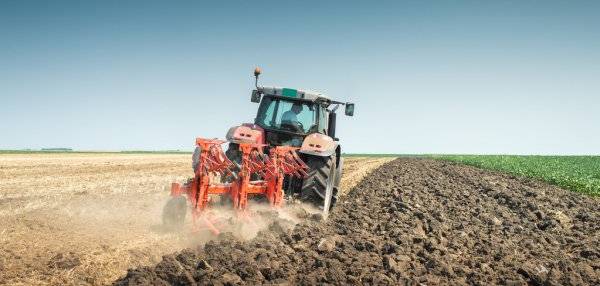
Agriculture and change in land use contribute 24% to greenhouse gas emissions, and the share will increase by 30 to 40% by 2050. The challenge is therefore to counterbalance with more carbon sequestration. important in order to transform agrosystems into greenhouse gas sinks.
To determine this role, it suffices, in general terms, to take into account the gases drawn from the agrosystem and to compare them with those emitted by this same agrosystem. To do this, it is necessary to measure the accumulation of carbon in the soil, the quantities of methane (CH 4 ) and nitrous oxide (N 2 O) released into the atmosphere, as well as all the CO 2 from agricultural practices. : plowing, planting, harvesting, installation and use of irrigation, application of agrochemicals, fertilizers and lime.
Knowing that CH 4 and N 2 O are greenhouse gases 34 and 298 times more powerful than CO₂ , respectively, it suffices to convert all these emissions into CO 2 equivalent to estimate the net global warming potential and compare between the different agricultural management methods.
To calculate the carbon cost of dominant agricultural practices today, we must also take into account their direct CO 2 emissions. According to studies carried out in southern Brazil and in the United States, the carbon cost of agricultural practices represents a not insignificant quantity of CO 2 , capable of reaching up to 800 and 2000 kg ha-1 year-1.

Diagram showing how to estimate whether an agrosystem is a source or a sink of greenhouse gases: it is necessary to measure the carbon fixation in the soil, the quantity of CH₄ and N₂O released into the atmosphere, as well as all the CO₂ from agricultural practices: plowing, planting, harvesting, installation and use of irrigation, application of agrochemicals, fertilizers and lime. Authors
Reduce inputs
Based on this observation, it is above all a question of determining which agricultural practices to adopt to transform soils into sinks of greenhouse gases - and not into sources.
The first element to be taken into account, the soil can become a source of greenhouse gases when there is an excessive input of inputs because soil-based microorganisms feed on all these inputs and spit them out in the form of GHGs.
All the more so when the earth is saturated with water by irrigation and compacted by machines, because the availability of oxygen is scarce, leading to anaerobic digestion (process responsible for the production of CH4) and denitrification (a responsible process. N2O production Nonetheless, these methane flows remain low and sometimes even negative if the soils have a good structure and are not flooded.
In addition, the installation and use of irrigation represent 47 to 63% of the carbon footprint while fertilization and limestone application go up to 35%. Proportions varying according to the inputs used and their annual contribution.
To mitigate climate change caused by agriculture, the most obvious solution therefore seems to be the reduction of inputs, with more reasonable land application.
Agroforestry and legumes
However, other agricultural practices are just as important in moving from a source to a sink of greenhouse gases.
This is particularly the case with agroforestry, adopted by certain farms. It consists in using cover crops, for which the carbon storage exceeds its CO2 equivalent released into the atmosphere in terms of N 2 O emissions, and improves the soil structure with negative CH 4 emissions.
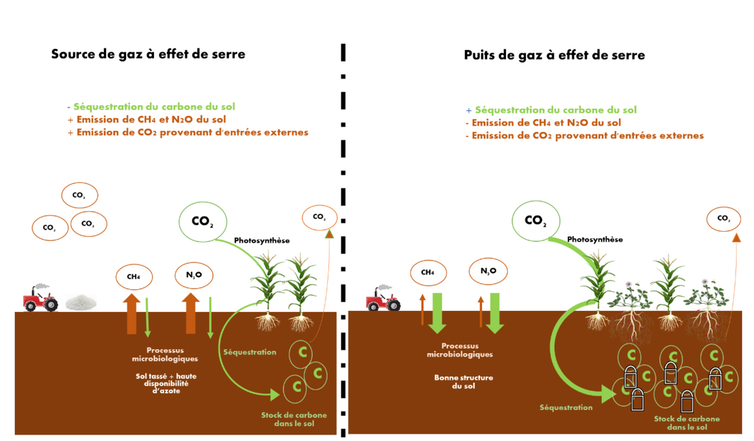
Two contrasting agricultural systems, behaving as source (left) and sink (right) of greenhouse gases, depending on CO₂, CH₄ and N₂O emissions as well as soil carbon sequestration. Murilo Veloso
This is also the case with the use of legumes. These plants associate with nitrogen fixing bacteria, they promote the storage of carbon in the soil and make it possible to replace part of the mineral fertilization, thus reducing the emissions of nitrous oxide.
On a maize plantation, for example, growing legumes as a cover crop in winter can reduce N₂O emissions by three and increase carbon storage more than mineral fertilization.
Moreover, by maintaining soil moisture and structure, practices such as agroforestry and cover crops provide an alternative to reduce irrigation.
Give up plowing
However, transforming an agrosystem into a greenhouse gas sink is not always easy. For example, plowing, the practice of turning the soil over before sowing, does not necessarily have the same impact on GHGs.
In temperate conditions, plowing has little effect on soil carbon stock because low temperatures in early spring slow down microbial activity and the decomposition of soil organic matter.
On the other hand, in a tropical environment where temperatures remain favorable, the destruction of the soil by plowing stimulates microorganisms to break down the organic matter in the soil, which releases GHGs.
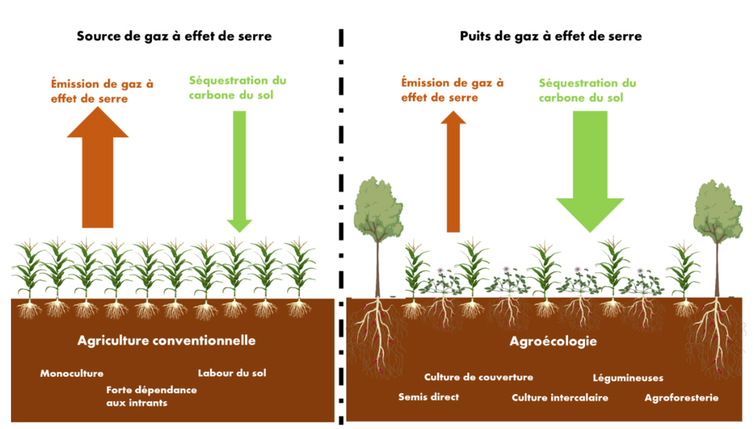
Example of conventional agriculture and its involved practices such as monoculture, tillage and the heavy dependence on inputs that contribute to increasing greenhouse gas emissions and reducing soil carbon sequestration, making the agricultural system a source of greenhouse gases (left). Example of agroecological practices such as cover crops, direct seeding, intercropping, legumes and agroforestry that help reduce greenhouse gas emissions and increase soil carbon sequestration, making the agricultural system a sink for natural gas. greenhouse gases (right). Murilo Veloso
For no-till farming practices, N 2 O emissions are largely offset by the storage of CO 2 , offsetting the 375 to 616 kg of carbon equivalent emitted per hectare and per year by the 2,063 to 3,940 kg of carbon equivalent fixed in the soil per hectare and per year. This is nothing less than storing carbon five to six times higher than emissions! Plowing, on the other hand, clearly reduces the soil's capacity to draw carbon in these tropical areas.
On the other hand, plowing also constitutes an additional cost of CO2 when the use of diesel for the machines is taken into account (35.3 kg of carbon equivalent per hectare and per year in conventional and 5.8 kg in sowing. direct).
From field to plate
Let us not forget, moreover, that greenhouse gas emissions do not stop with production, but also continue during transport, processing, packaging and redistribution of products.
It is therefore a question of radically changing agricultural practices, starting with the fields. The practices mentioned above - the use of cover crops, legumes, intercropping, agroforestry, and abandonment of soil tillage - would have a triple economic, social and environmental effect: strengthening an organic and sustainable agrifood system, respectful of biodiversity , allow a balanced cohabitation between agriculture and the environment, while making farmers less dependent on large industrial companies.
Sources : The Conservation France.
 Murilo Veloso Lecturer-researcher in Soil Science, AGHYLE Unit, Rouen Campus, UniLaSalle
Murilo Veloso Lecturer-researcher in Soil Science, AGHYLE Unit, Rouen Campus, UniLaSalle
 Coline Deveautour Lecturer-Researcher in Microbial Ecology of Soils, UniLaSalle
Coline Deveautour Lecturer-Researcher in Microbial Ecology of Soils, UniLaSalle
Posted on 2021-09-30 16:10

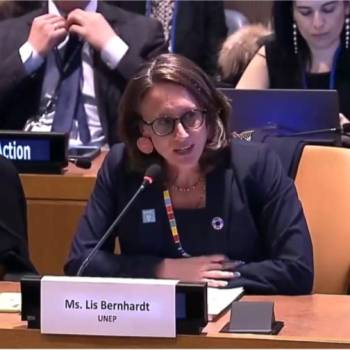

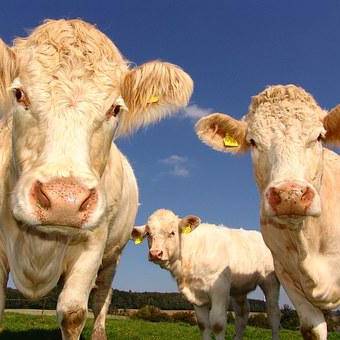



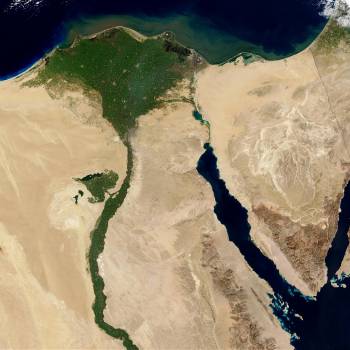
Comments